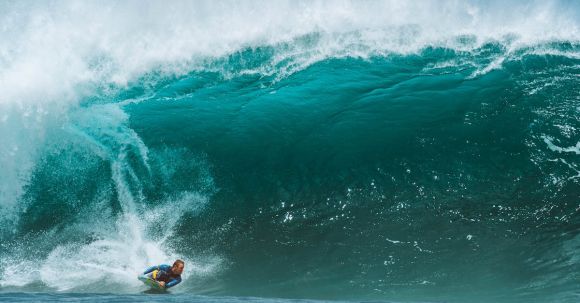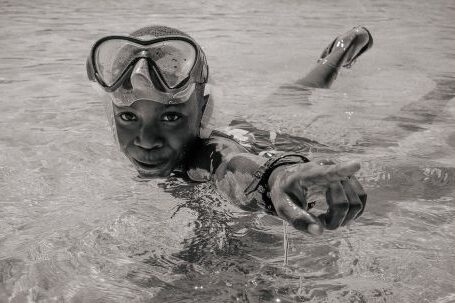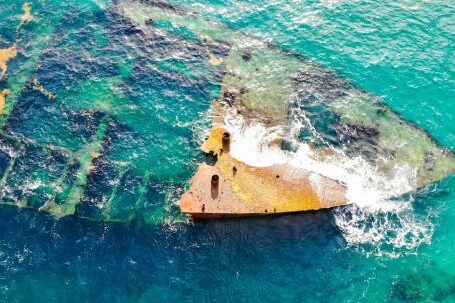Buoyancy control is a fundamental skill that every scuba diver must master. Achieving neutral buoyancy allows divers to move effortlessly underwater and conserve energy. It also ensures the safety and protection of fragile marine ecosystems. In this article, we will delve into the key techniques and tips for beginners to master the art of buoyancy control.
Understanding Buoyancy
Before we dive into the techniques, let’s first understand what buoyancy is. Buoyancy is the upward force experienced by an object submerged in a fluid, such as water. In scuba diving, achieving neutral buoyancy means that the diver is neither sinking nor floating to the surface. This allows for precise control of depth and position in the water.
Proper Buoyancy Equipment
To achieve optimal buoyancy control, it is essential to have the right equipment. A well-fitted buoyancy control device (BCD) is crucial. The BCD allows divers to add or release air from the buoyancy compensator to maintain neutral buoyancy. It is important to ensure that the BCD is properly inflated and adjusted to distribute the buoyancy evenly.
Breathing Control
One of the most effective techniques for buoyancy control is mastering breathing control. As you inhale, your body will naturally become more buoyant, and as you exhale, it will become less buoyant. By adjusting your breathing, you can fine-tune your buoyancy control. Slow, deep breaths will make you more buoyant, while quick, shallow breaths will make you less buoyant. Practice breathing control during your dives to achieve optimal buoyancy.
Trim and Body Positioning
Another crucial aspect of buoyancy control is maintaining proper trim and body positioning. Trim refers to the horizontal balance of your body in the water. A streamlined body position reduces drag and allows for smoother movement. To achieve good trim, keep your legs slightly elevated and your upper body parallel to the surface. This will help you maintain a balanced and controlled position in the water.
Slow and Controlled Movements
When it comes to buoyancy control, slow and controlled movements are key. Rapid movements can disturb the surrounding water and cause you to lose control of your buoyancy. Instead, focus on making deliberate and gentle movements. This will help you maintain a stable position and conserve energy.
Using Fins Effectively
Your fins play a crucial role in buoyancy control. Proper fin technique can help you maintain balance and control in the water. Use a slow and steady kicking motion, making sure to fully extend your legs and point your toes. Avoid rapid and jerky movements, as these can throw off your buoyancy.
Practice Makes Perfect
Lastly, the key to mastering buoyancy control is practice. The more you dive and practice these techniques, the better you will become. Take the time to refine your buoyancy skills in different diving conditions. Experiment with different weighting configurations and equipment setups to find what works best for you.
In conclusion, buoyancy control is an essential skill for scuba divers. By understanding the principles of buoyancy, using the right equipment, and practicing proper techniques, beginners can master the art of buoyancy control. Remember to focus on breathing control, trim and body positioning, slow and controlled movements, and effective fin usage. With time and practice, you will become a proficient and confident diver, gliding effortlessly through the underwater world.





